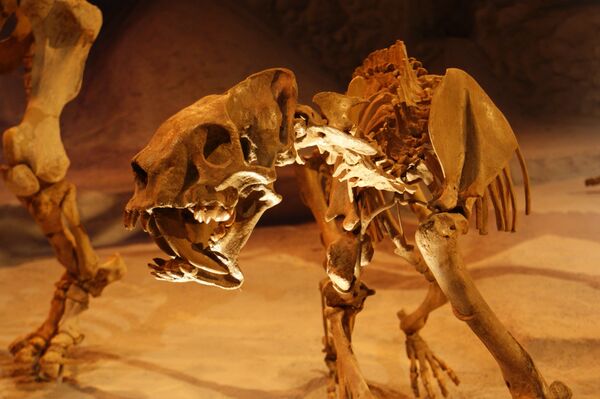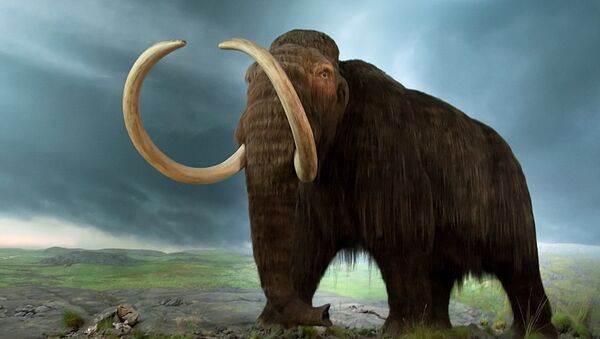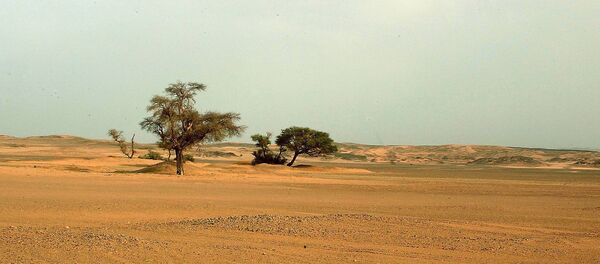Theories explaining the mass extinctions include a large meteorite hitting Earth, similar to that which wiped out the dinosaurs 65 million years ago, or human overhunting.
According to a new study, the answer may be found in the increased rainfall and consequently wetter environment these animals faced just before their sudden extinction.
Researchers at the University of Adelaide examined the levels of nitrogen isotopes in the bones of large animals which roamed the Earth during the last Ice Age, in order to assess the moisture levels in their environment.
They found major increases in environmental moisture across many parts of the world, which turned grasslands into peatlands and bogs just before the extinction occurred.
"We didn't expect to find such clear signals of moisture increases occurring so widely across all of Europe, Siberia and the Americas," Professor Alan Cooper, lead author of the study published in the journal Nature, Ecology and Evolution, said.

"The idea of moisture-driven extinctions is really exciting because it can also explain why Africa is so different, with a much lower rate of megafaunal extinctions and many species surviving to this day," Professor Cooper said in a press release.
"Africa's position across the equator means that grassland zones have always surrounded the central monsoon region. The stable grasslands are what has allowed large herbivores to persist — rather than any special wariness of hunters learned from humans evolving there."
The Pleistocene spans the period of the Earth's most recent glaciation cycles, during which glaciers have covered the Earth's temperate zones during cool weather periods and retreated during warmer interglacial periods.
The last glacial period finished with the end of the Pleistocene, so the Earth is currently in an interglacial period. Since the beginning of the last Ice Age around 2.58 million years ago, these ice sheets have advanced and retreated, initially over a 40,000 year time scale and more recently over a 100,000 year cycle.



